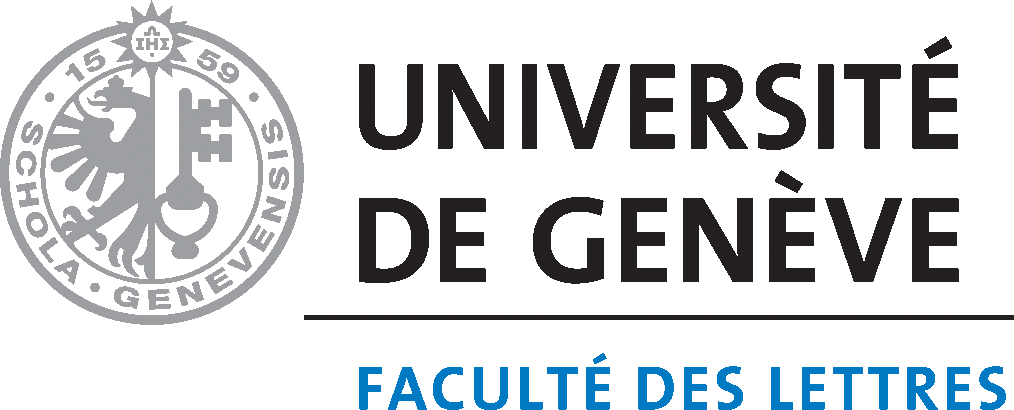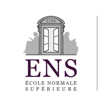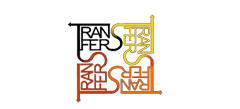Abstract
This essay considers art historical discourses on the work produced during the First World War by two painters born and living in the Iberian Peninsula: the Portuguese Amadeo de Souza Cardoso (1887–1918) and the Catalan Joan Miró (1893–1983). It considers the dialogues and relations maintained by these painters in their war-affected national artistic milieus and with the equally disrupted, international avant-garde circles, while discussing historiographical biased assumptions about production-places and their meanings, namely how localness was read as expressing isolation, distance, and lack of aesthetic significance.
Recommended Citation
Leal, Joana Cunha. "Distance and Distortion: Amadeo Souza Cardoso's and Joan Miró's War-years Painting and the Words that Fail Them." Artl@s Bulletin 6, no. 2 (2017): Article 2.






